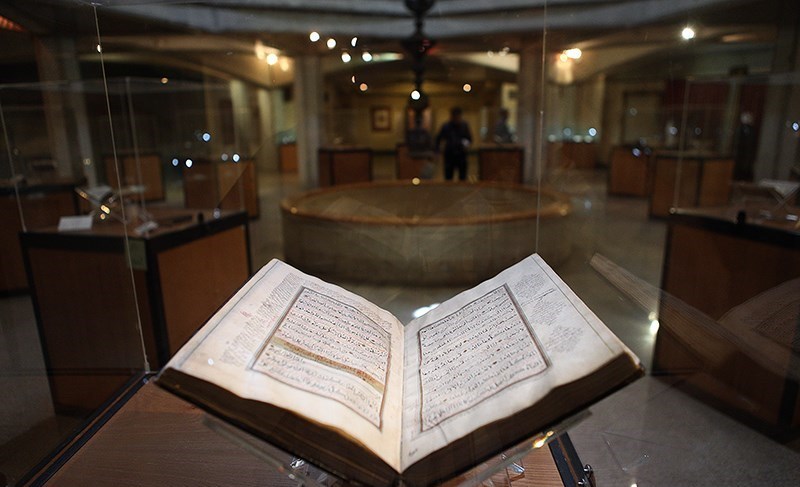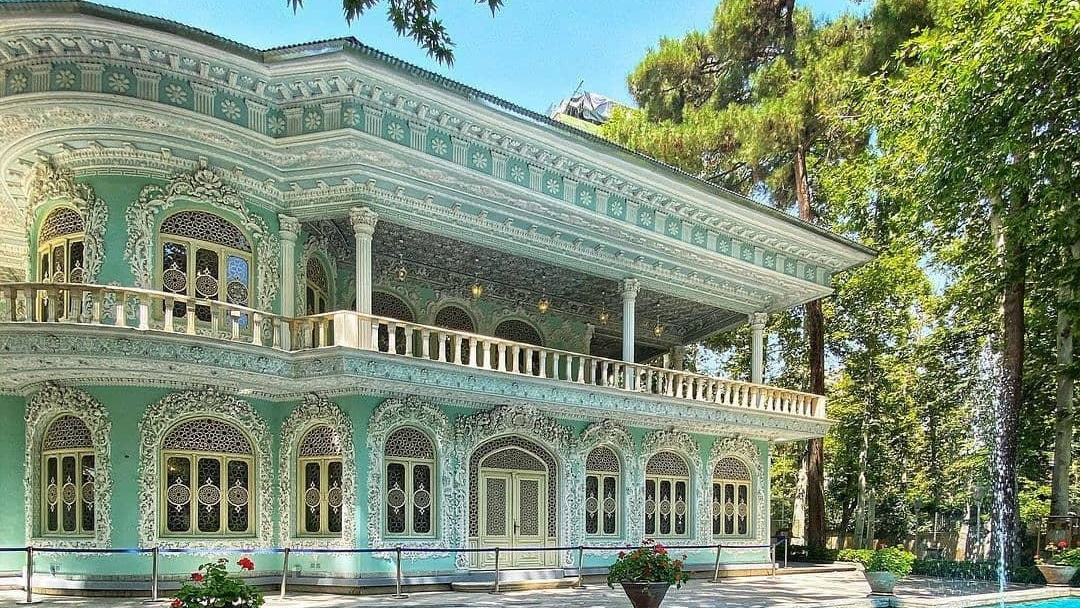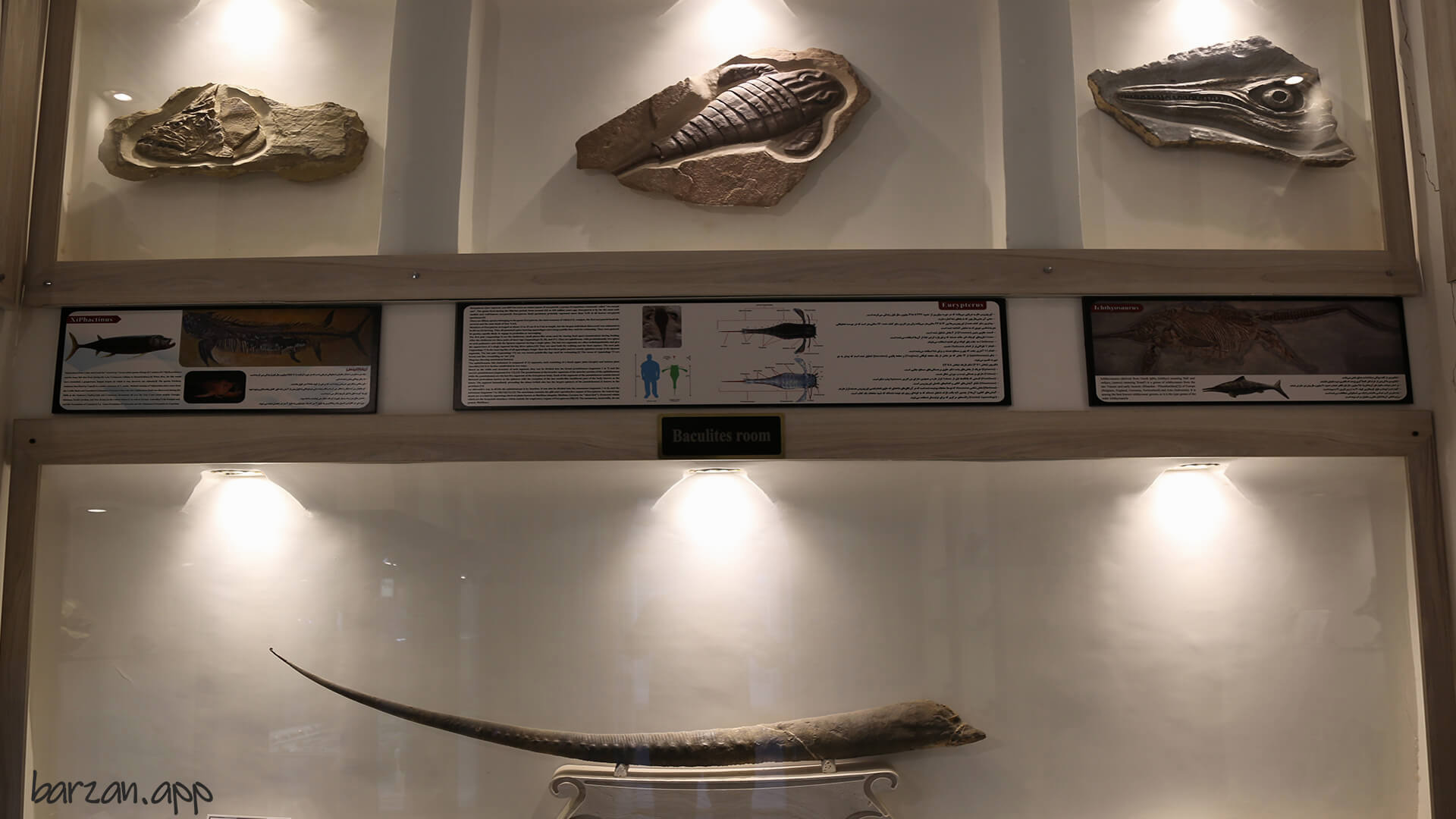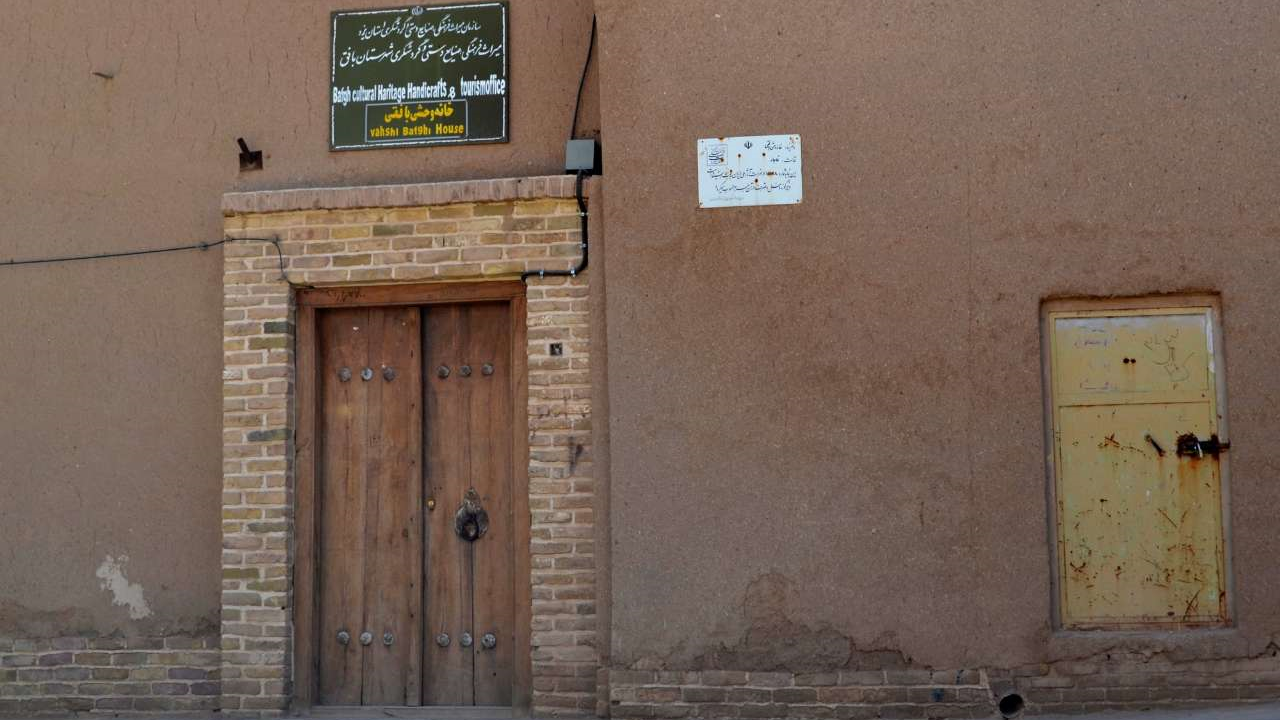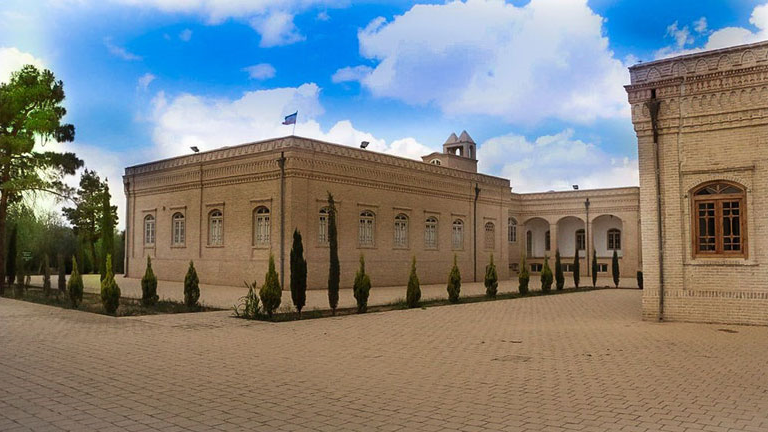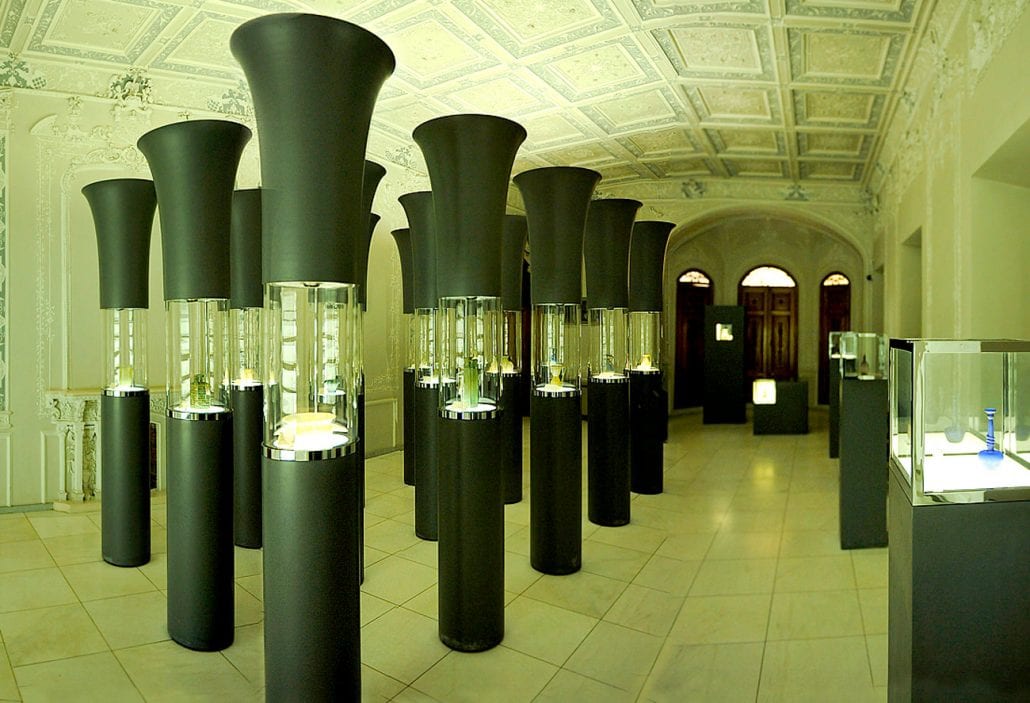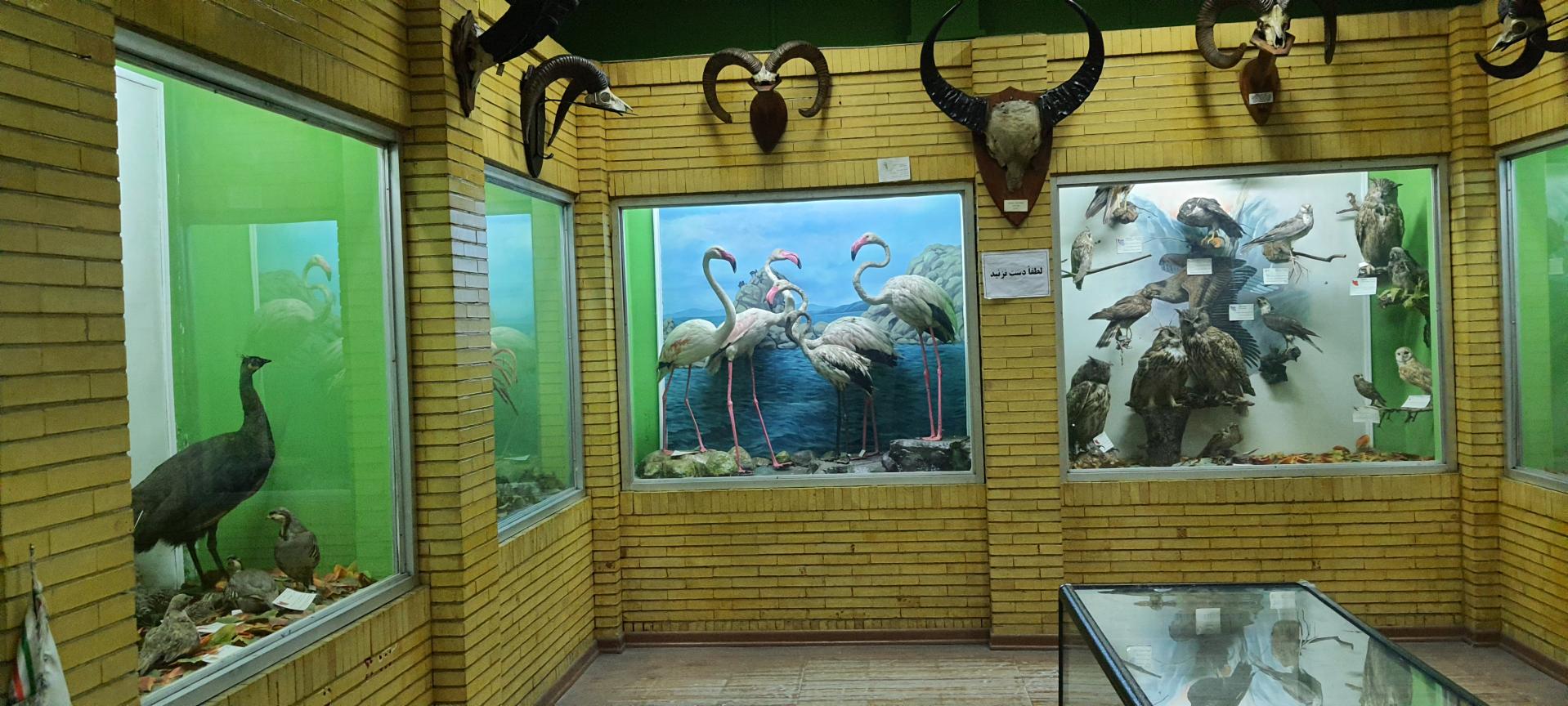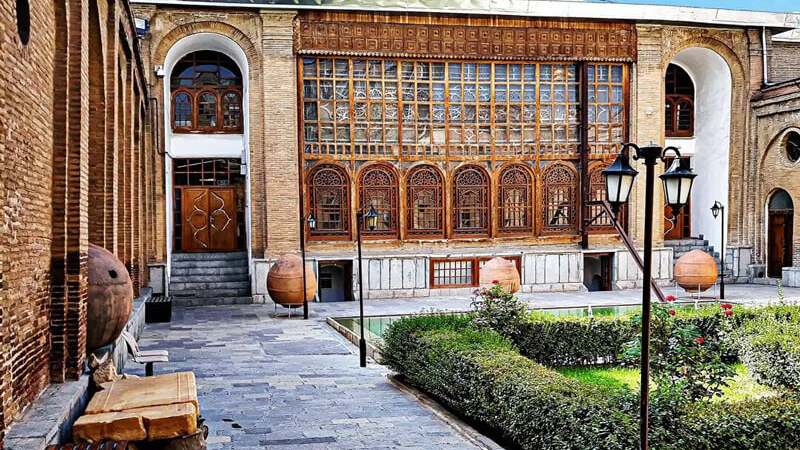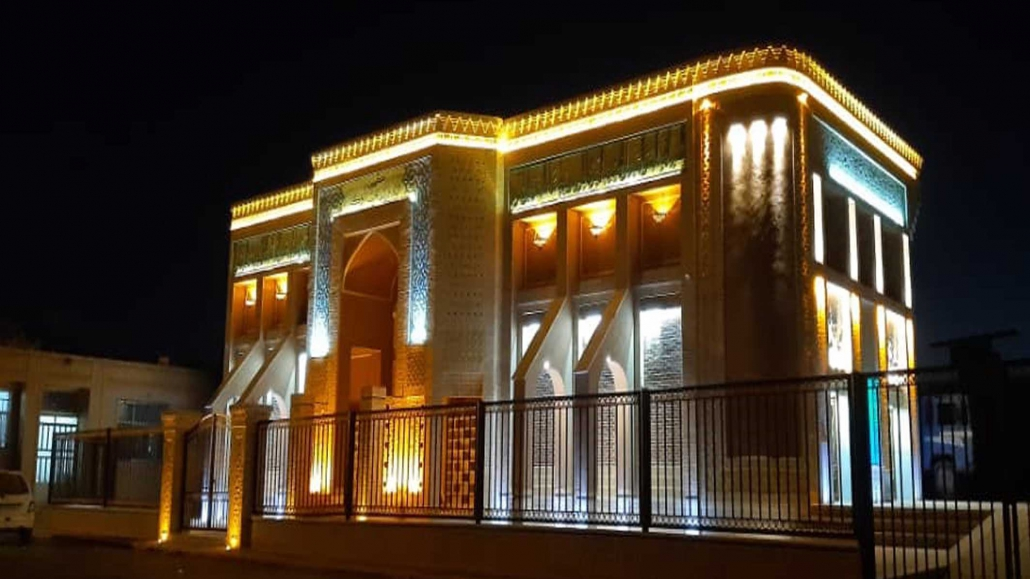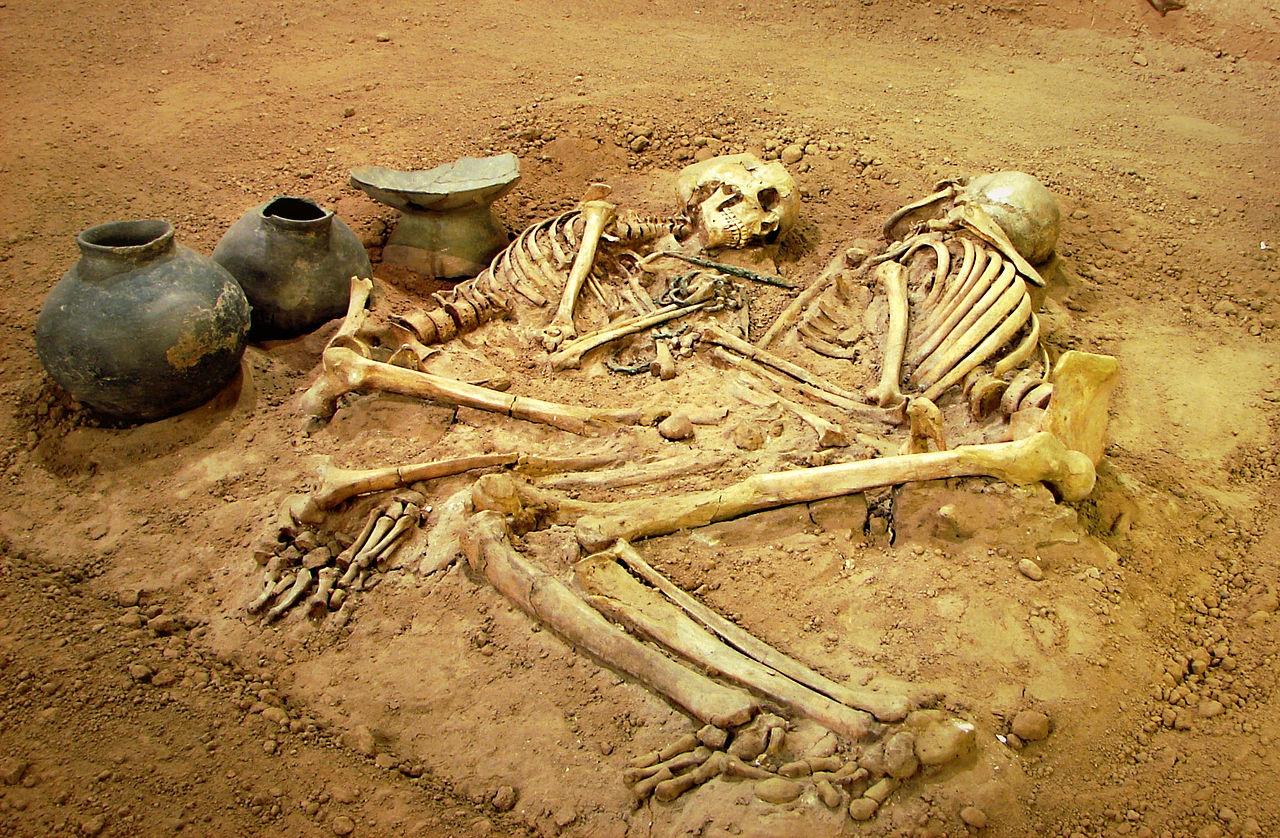
National Museum of Holy Quran in Irans Tehran
Located in the northwest of the intersection of Imam Khomeini Street and Valiasr Street, the National Museum of the Holy Quran is the only specific museum of Iran dedicated to the Quranic arts.
This museum has been built in a space with a 10000 square meter area in which three main sectors of the Museum, administration and a specific library are recognisable.
All the construction is placed underground at 14meters depth. In addition to the Quran manuscripts related to a vast time span, from the 4th century AH to the late Qajar period, this museum is also narrating the development process of other related arts to the writing of the Quran, including gilding, book binding, calligraphy, etc.
The museum exhibits are displayed in three parts as follows: 1. the cultural-historical section; 2. the section of Quranic objects; and 3. the section of contemporary works of art. A collection of manuscripts and lithographic Qurans, the poets’ book, scrolls, prayer books and Quranic pieces are on display in the first sector of the museum.
Works of the famous artists such as Mir Ali Heravi, Mohammad Ibrahim Qomi, Abdol Gader Hosseini and Om-e Salameh are also here. The second part contains objects like the wares, vases, boxes, pencil cases and coins in which the Quranic verses or prayers are somehow included.
The third part has been devoted to the works of the contemporary artists, especially the painters and calligraphers whose paintings, calligraphy and calligram works are kept in the museum. At present, the museum embraces 650 granted Quranic works.
Besides the objects, the internal architecture of the museum and its decorations cannot be overlooked; it is inspired by the Iranian-Islamic style of architecture, where a part of the motif of Shamseh (the sun) has been depicted in each of the three stories of the museum.
| Name | National Museum of Holy Quran in Irans Tehran |
| Country | Iran |

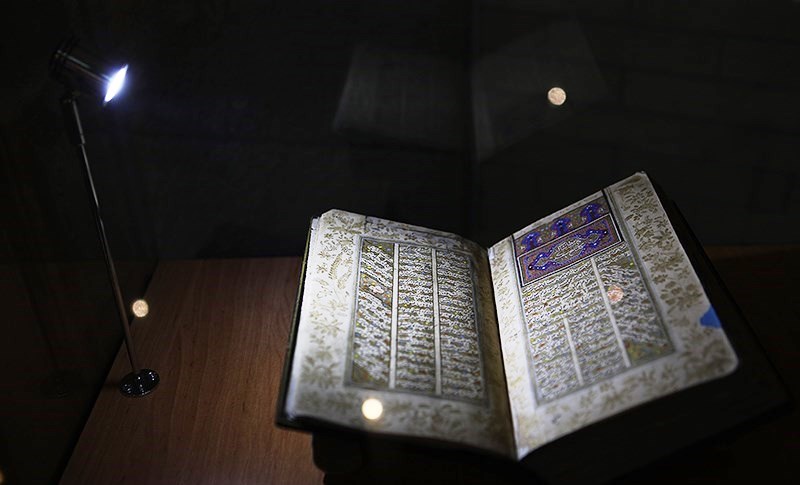
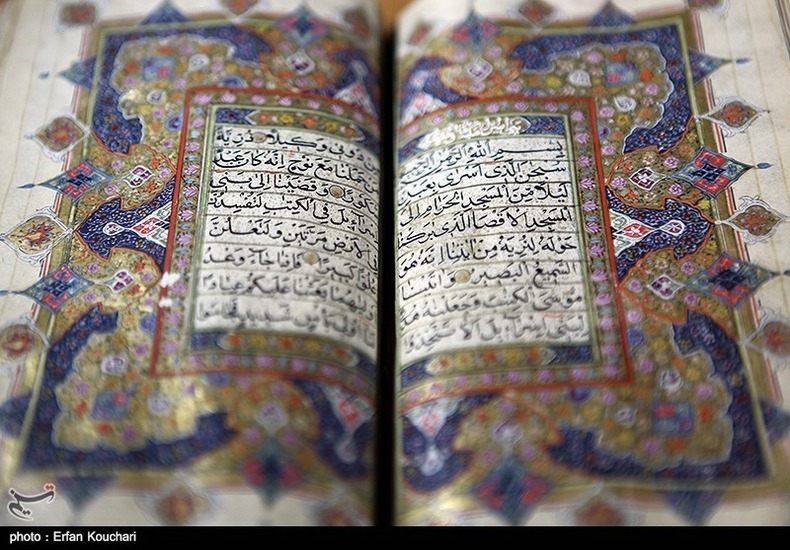



Choose blindless
Red blindless Green blindless Blue blindless Red hard to see Green hard to see Blue hard to see Monochrome Special MonochromeFont size change:
Change word spacing:
Change line height:
Change mouse type:
